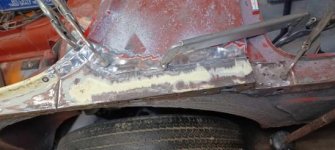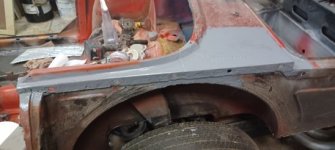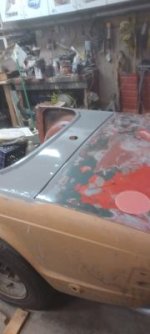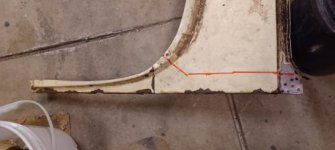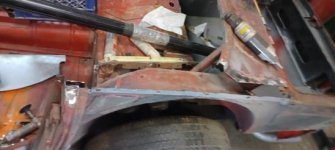Got_All_4
Luke Skywalker
Offline
Been working on my 1969 restoration project. Latest project is the rear fenders. Getting to the final stages and about ready to make the last adjustments to fit them to the edge of the deck then move on to the door openings. Haven't looked real close at other TR6s to see how they are finished and there are none around the area. So once the fenders and deck are painted and making the final attachment to the car is there a sealer, a gasket or something between the top mounting flange on the fender and the edge of the deck and the trunk? If a sealer I wouldn't want it showing on the top seam and contrast with the cars paint. Signal red. Plus I wouldn't want to mount the fenders first then paint over the sealer. I can see it cracking and water working it's way into the paint edge and lifting the edges. So hoping there is someone on the forum that knows how to make that final proper step.
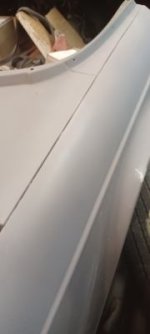
I know that 69s had fender beading there but I'm not doing that. Tired of the beading beading problems on my other TRs.

I know that 69s had fender beading there but I'm not doing that. Tired of the beading beading problems on my other TRs.

 Hi Guest!
Hi Guest!

 smilie in place of the real @
smilie in place of the real @
 Pretty Please - add it to our Events forum(s) and add to the calendar! >>
Pretty Please - add it to our Events forum(s) and add to the calendar! >> 


